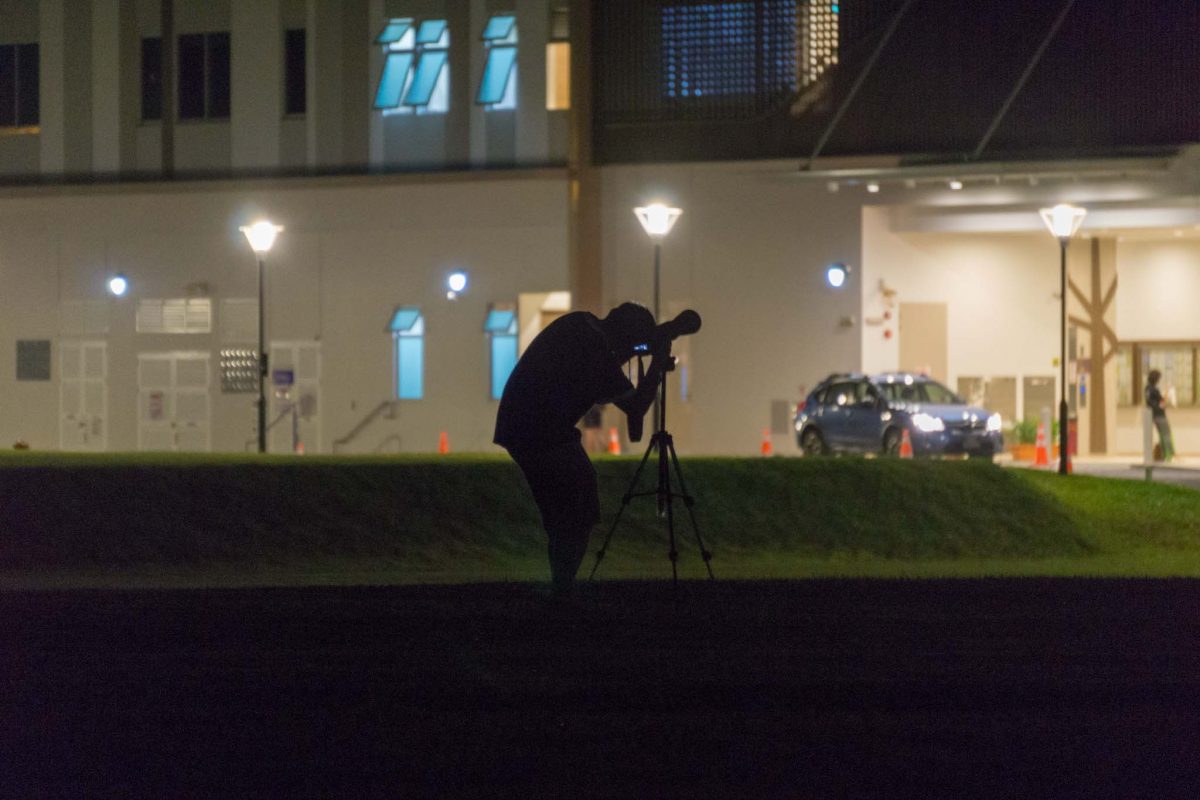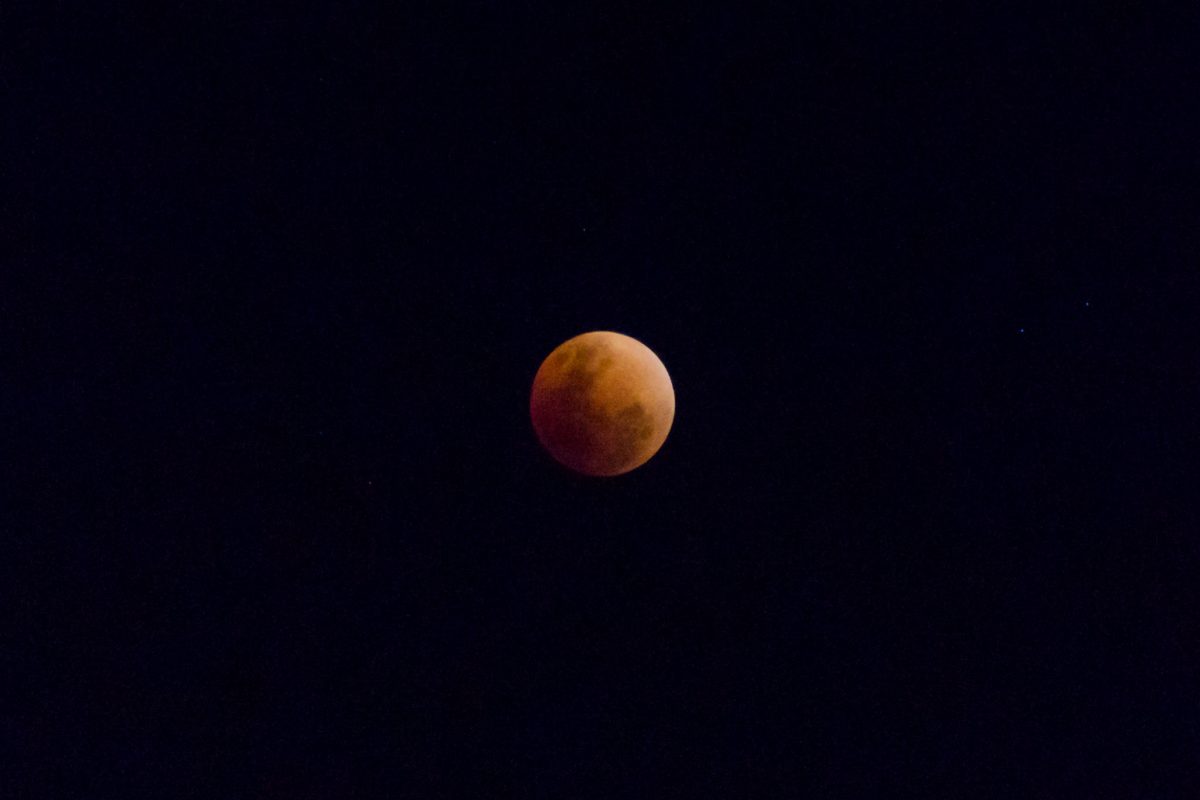Yesterday’s moon event drew lots of interest. In case you’ve been living under a rock, last night saw for the first time in 152 years the occurrence of a blue moon, a supermoon, and a total lunar eclipse, all at once. This considerably rare astronomical event won’t happen again in your lifetime, so at least go take a look?
Everyone is probably familiar with a total lunar eclipse, but what exactly is a blue moon and a supermoon?
You might be familiar with the phrase “once in a blue moon”, which usually means something rare. There is, in fact, an astronomical definition of this: a blue moon is the second full moon in a calendar month. It occurs roughly 7 times every 19 years, which works out to be about two to three years between each occurrence.
A supermoon is full moon or new moon that occurs when the moon is closest to Earth. This gives the moon an appearance of being 7% larger than normal, and 16% brighter than normal. There is no official, or even consistent, definition of how near a moon must be to Earth to count as a supermoon. As a result, the supermoon yesterday, strictly speaking, doesn’t count as a supermoon to everyone, like those at the Farmers’ Almanac, EclipseGeeks.comand TimeAndDate.com.

I wanted to go moon-gazing, but I wasn’t very hopeful about the weather. The evening was cloudy, and it was drizzling. Fortunately the drizzle stopped, at least where I was, around the time the partial eclipse began. Perhaps it was a good sign that things would turn out good, and we did eventually get to see the moon, though honestly I thought it didn’t look all that big.

I mentioned earlier that the time between Blue Moon appearances should average about two to three years. It turns out that 2018 is rather unusual. We will get to see a second Blue Moon, and very soon too. The second Blue Moon will come on 31 March 2018. It won’t be a supermoon though, nor would there be a lunar eclipse. Just a regular, though not all that common, Blue Moon.
View Comment Policy